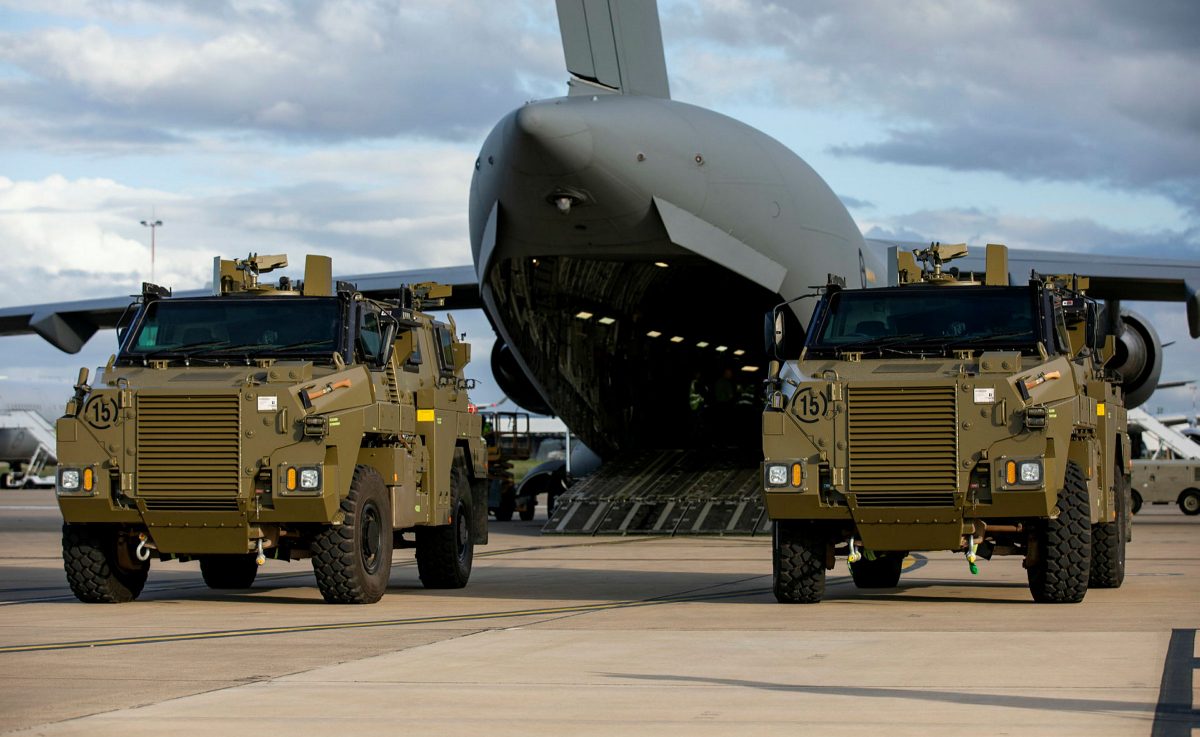
Sea state
The US Navy is proposing to decommission 24 ships in the coming fiscal year to save US$3.6 billion. The plan—which involves multiple vessels, including nine Freedom-class littoral combat ships, some of which are almost brand new—is intended to help fund new acquisitions of weapons like the general-purpose Standard Missile 6, as well as reduce long-term maintenance costs. If the navy’s requests are approved, some lethal capabilities would be enhanced but at the cost of operational flexibility in the Indo-Pacific as China’s fleet grows ever larger.
Both sea- and air-launched missiles struck an oil refinery and storage facilities in the port city of Odessa in southwest Ukraine on Sunday. The Russian strikes follow a missile attack in late March on a Ukrainian arms depot in the settlement of Orzhev near the northern city of Rovno, which featured ship-launched Kalibr cruise missiles. The targeting of Ukraine’s fuel and arms depots is part of Russia’s strategy of using its precision missiles to weaken Ukrainian logistics and supply lines.
Flight path
Ukrainian forces shot down a Russian Mi-28N helicopter in Luhansk in eastern Ukraine in their first deployment of the British-manufactured and -supplied anti-aircraft missile STARStreak—the world’s fastest man-portable air-defence system, or MANPADS. Russian forces have adopted unorthodox tactics to avoid Ukrainian MANPADs, turning helicopters into airborne multiple-launch rocket systems. This strategy of indiscriminately deploying unguided rockets is reminiscent of Cold War-era nuclear ‘toss-bombing’.
Closer to home, the Department of Defence has scrapped its $1.3 billion program to purchase 12 unmanned aerial vehicles equipped with cutting-edge reconnaissance and precision-strike capabilities. Other than $10 million already spent on the program, funding for the MQ-9B SkyGuardian UAVs will be reallocated to the new REDSPICE program, an overhaul of the Australian Signal Directorate’s cyber defences. Some analysts have expressed disappointment with the decision to axe such a ‘cost-effective [and] deeply relevant [program]’ without a suitable replacement’; ASPI’s own Malcolm Davis labelled the policy shift ‘a classic mess’.
Rapid fire
In response to Ukrainian President Volodymyr Zelensky’s request for essential military equipment, Prime Minister Scott Morrison announced on 1 April that Australia would supply Bushmasters to Ukraine. The first four of the Australian-designed and -built armoured vehicles were repainted and taken to Amberley RAAF base in Queensland ahead of their delivery to Ukraine on a C-17A Globemaster. Bushmasters delivered outstanding performance in Iraq and Afghanistan in safeguarding their occupants against land mines, IEDs and small arms. It is expected to be a useful, but not game-changing, capability for Ukraine.
Russia’s 331st Guards Airborne Regiment—one of the country’s top fighting units—has suffered heavy damage from conflict around Kyiv, with around 50 of its paratroopers killed. Its commanding officer, Colonel Sergei Sukharev, was also killed in Ukraine, on 13 March. The unit, known for its brutality during the 2014 Battle of Ilovaisk, also fought in Bucha outside Kyiv, where the bodies of 410 civilians were found after the withdrawal of Russian troops on 31 March. The 331st’s failure represents wider blunders in Russia’s plan for a quick victory over Ukraine.
Final frontier
A prelaunch test for NASA’s Artemis I moon mission was postponed ‘due to loss of ability to pressurise the mobile launcher’. This followed a lightning strike that hit a tower in the lightning-protection system over the weekend, highlighting the complex process of launching a large launch vehicle. The safety issue has also delayed the nearby launch of SpaceX’s first all-private mission to the International Space Station. Subsequent crewed Artemis II and III missions to the moon are dependent on the result of the Artemis I launch in June or July.
Dmitry Rogozin, who heads Russia’s space agency, Roscosmos, has threatened to end Russian cooperation with partners on the International Space Station if Western sanctions aren’t lifted. Russia controls the propulsion system technology that provides regular boosts to maintain the ISS’s orbital altitude. The launch of several European satellites was delayed in February following the Europe’s imposition of sanctions against Russia. NASA says Russia is still committed to the ISS, citing the return of two Russian cosmonauts and a NASA astronaut last week as evidence.
Wired watchtower
In a speech at the Australian National University’s National Security College last week, Jeremy Fleming, director of the UK’s signals intelligence agency GCHQ, warned that countries supporting Ukraine are targets for Russian cyberattacks. He emphasised the sustained campaign to disrupt Ukrainian military and government systems, and said that a ‘cyber Pearl Harbor’ is unlikely to materialise. Fleming’s visit was timed to mark the 75th anniversary of the Australian Signals Directorate. The UK and Australia, both members of the Five Eyes intelligence alliance, are working closely with partners to tackle state-directed cyberattacks.
Memos obtained by The Times suggest that China launched a large cyberattack on Ukrainian networks in the days before Russia’s invasion began on 24 February. The veracity of this report is unclear, with The Times source claiming to be a high-ranking official in Ukraine’s SBU security service. A spokesperson from the organisation has denied that it possesses evidence to support the newspaper’s claims. If these reports are true, it might suggest that China was aware of, and potentially even supported, Russia’s intention to invade Ukraine.

